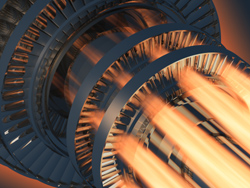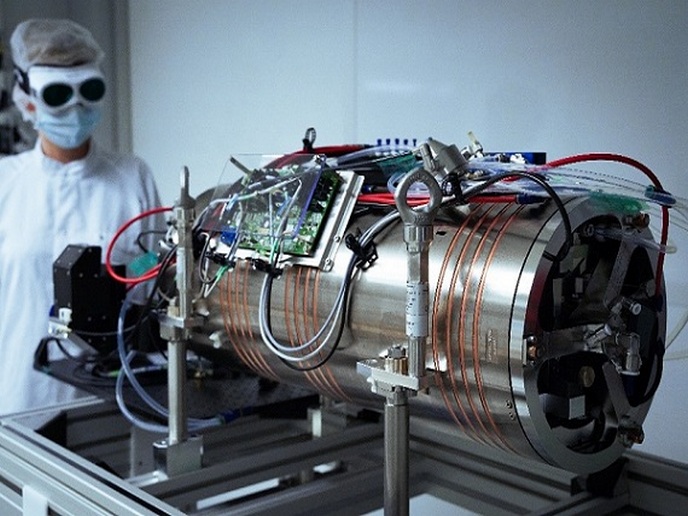Using oxide-based ceramics in gas turbines
The need to continually improve the performance of gas turbines demands the use of new materials for vital components. The superalloys currently being used have almost reached their physical limits. The CERCO project addressed the possible benefits of using ceramics in gas turbines. These advantages included being able to raise the turbine inlet temperature to more than 1,400°C. A fully operational stationary gas turbine would then experience around a 20% gain in thermal efficiency and a 40% increase in output power. This is compared to an all metal engine with air cooled components. The use of ceramics was also expected to reduce nitrogen oxides (NOx) emissions to less than 10ppm. The main obstacles to greater use of structural ceramics in gas turbine engines have included the demonstration of the components in real engines. A further obstacle has been the development of materials tailored to specific loading conditions. The overall aim of the CERCO project was to use ceramics to improve the performance of small stationary gas turbines. This was achieved by selectively replacing metallic hot section components with parts comprising uncooled ceramics. Oxide-based ceramic matrix composites (CMCs) using fibre coatings were developed and characterised according to mechanical strength, density and behaviour under high temperatures. Manufacturing techniques were also developed for complex turbine prototypes such as a shroud and combustor. Test results indicated that the material developed performed well even over long-term use at temperatures up to 1,050°C. Beyond this temperature the material became degraded, although it could still be used for short-term high temperature applications. These included rocket nozzles and thermal protection systems.







